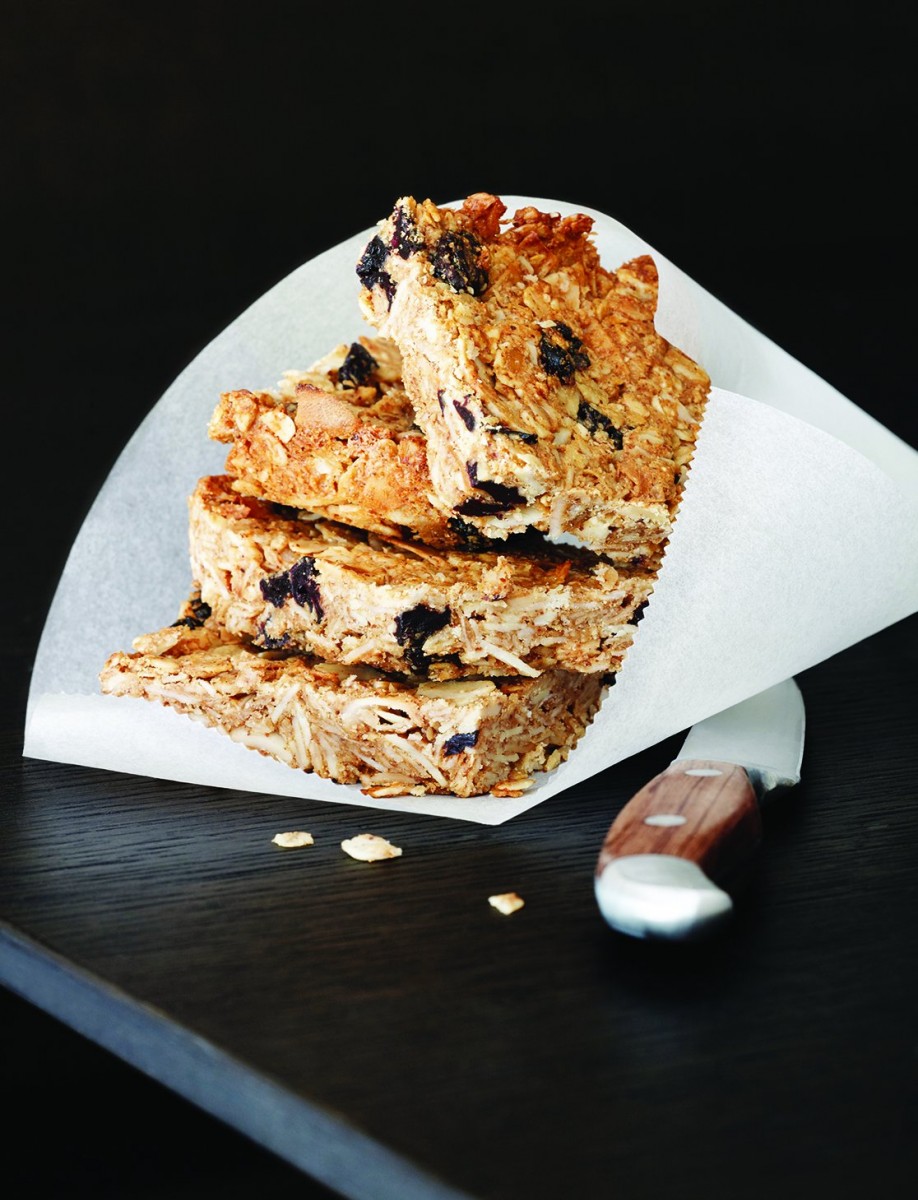As I try not to focus on counting calories as the most important aspect of weight loss or maintaining your ideal weight, because not all calories are created equally, I concentrate more on nutrient-dense foods over calorie-dense foods, and watching portion sizes too.
I have tried calorie counting in the past, and it can work for many people, but it also requires plenty of dedication and motivation to log in everything you eat! Although, there are some excellent apps available to help you on your diet and fitness plan, and my personal favourite is Cronometer.com. I use it to look closely at clients’ food diaries to check for possible nutrient deficiencies, and to help me design new eating plans for them.

If you’re familiar with my book, then you may have already come across the Eat Yourself Beautiful Guide to Portion Sizes. But I get so many questions from people about ideal portion sizes, I wanted to share my guide here.
Don’t forget that we’re all individuals with different energy requirements, depending on our age, gender, activity levels and goals. So the most important thing we can do is get used to listening to our own body, understanding its hunger and thirst signals, and try to stop eating before we feel really full.

Plenty of people struggle with mindless snacking and emotional eating, so it’s important to be mindful of what you’re eating and why. Do you eat to reward yourself or because you’re feeling happy/sad/lonely/excited? There can be some complex emotions and motivations behind eating beyond our physical and nutritional requirements.

Even with some healthy foods, we need to watch how much we’re eating to avoid taking in more energy than our body can use. As I have explained, nutrient-dense rather than calorie-dense foods (think plenty of leafy greens and fresh fruit and veggies) should be forming the bulk of our diet:
Raw Leafy Greens and Colourful Non-Starchy Vegetables: These are the most high-nutrient and low-calorie of all the food groups and can be eaten in abundance.
Cooked Non-Starchy Vegetables: Also can be enjoyed in unlimited amounts. (Prepared without oil or salt)
Fresh Fruit: Aim to enjoy ripe seasonal fruit, well washed before eating. If bloating and gas are a problem for you, focus on your gut health with high-fibre foods, fermented foods and drinks and probiotic capsules. When your body begins to heal and become more balanced, up to four servings of fruit a day is perfect. One serving is a medium-sized piece of fresh fruit, and the Green Goddess Smoothie contains 2-3 pieces, for example.
Starch-Based Vegetables: If you are trying to lose weight, then aim to eat just one cup of sweet potato, pumpkin, squash or other starchy vegetable per day. But if you’re active or want to maintain your current weight, then you can easily eat more and especially if they’re a substitution for processed carbs.
Raw Nuts and Seeds: If you’re trying to lose weight, then nuts can seriously hamper your efforts. Aim to eat a small handful a day. However, for active people and those maintaining their weight or trying to gain some weight, then two to three handfuls per day is perfect. Two tablespoons of seeds is one portion.
Avocados: If you’re trying to lose weight, eat no more than half a small or medium-sized avocado per day. For everyone else, up to a full avocado per day is fine.
Oil: All oils should be avoided if you’re trying to lose some weight, and everybody else should consume oils in strict moderation. Up to one tablespoon of coconut oil per day for cooking and baking is acceptable.
Gluten-Free Grains: Quinoa, oats, brown rice, millet, buckwheat and amaranth all provide us with nutrients and energy. If you’re aiming to lose weight, stick to 1 cup of any of those cooked grains per day. For everyone else, up to two cups or the amount you feel suits your appetite, activity levels and metabolism.
Beans and Legumes: These are a brilliant high-fibre, low-fat and satisfying food type to help us feel full and well away from naughty snacks. One and a half cups of cooked lentils provides almost 27g of protein and 23.5g of fibre. So one and a half to two cups of lentils, chickpeas or other types of beans and legumes, is perfect for active adults. For those trying to lose weight, stick to one cup per day.
Animal Protein (Meat, Poultry, Fish, Eggs): If you decide that you want to still eat animal foods as you’re transitioning to a more plant-based diet, aim to eat it with your evening meal and up to two to three times a week at most. It’s always best to purchase organic, free-range, grass-fed products and wild fish whenever possible. A serving size is equivalent to the size of a deck of cards.
For loads more tips and the recipes for the food in the photos above, check out Eat Yourself Beautiful 😉

